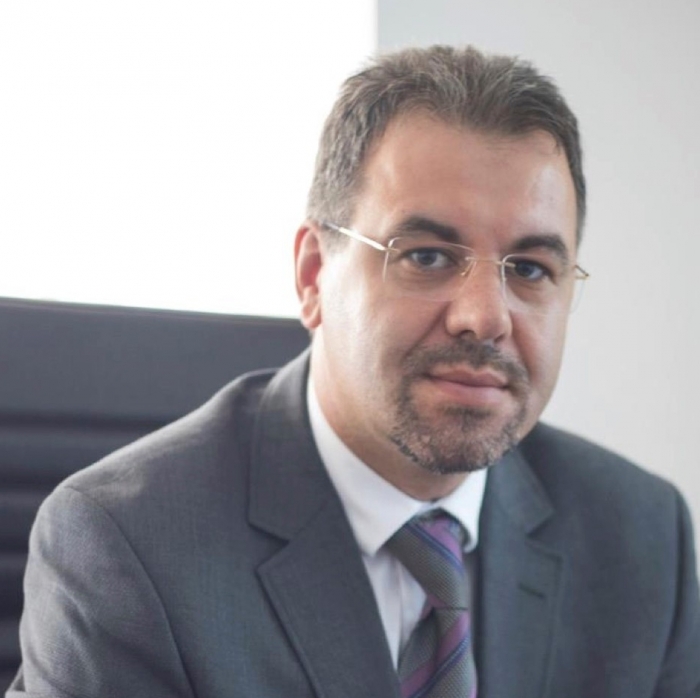Craig Turp (CT): How difficult has it been to apply international best practices in Romanian financial services? Are there any difficulties particular to the country?
Leonardo Badea (LB): ASF’s priority is to meet its fundamental objectives, focused on ensuring sustainable consumer protection, promoting financial stability and contributing to sustainable market development. To achieve these objectives on a continuous basis, ASF has transformed its core functions by implementing international best practices, adapting them to local market specifics and opening new roads to address particular issues. The alignment to international best practices is a continuous process within the ASF. We do this by different means and I believe we are an organisation which is very active in this respect.
Since its inception, by merging three former supervision authorities, the ASF went through a strong organisational reconstruction and built a new institution on solid ground, compatible to European standards and best practices, with the goal of developing and strengthening institutional capacity, increasing efficiency and governance, identifying synergies. During this process, ASF benefited from the experience of World Bank experts and international consultants.
ASF transformed its core supervision functions to better respond to market reality and European supervisory convergence, by gradually implementing risk-based supervision, macro-prudential policies and group supervision. The supervision function was also improved by fully implementing risk-based supervision in the insurance sector and by gradually implementing it in capital markets with the support of the World Bank. Regulation and authorisation functions were adapted to increase efficiency and to reduce costs for market participants. To increase the efficient use of employee skills and competencies, ASF reorganised internally based on competitions and exams and implemented a modern human resource policy, with focus on high standards during the recruitment process and continuous professional training.
During the reconstruction process, ASF faced multiple challenges. The main priorities were to build trust in the markets, protect consumers and eliminate structural dysfunctionalities to promote healthy growth. ASF developed new mechanisms to stabilise markets, some of them representing an innovation at a European level. One such example is the recovery and resolution mechanism, implemented to avoid hard landing defaults and to support companies with difficulties to solve their issues and to remain in the market. Two insurance companies went through this process and are now well capitalised and functioning normally.
Another challenge was reassessing the MTPL insurance market on a solid basis and the establishment of a new regulatory framework to promote stability, predictability and alignment to European practices. This lead to a new MTPL Law and a better design for market architecture. It also introduced a methodology to calculate reference tariffs by an independent consultant and to allocate high-risk insured persons between insurers. The prices practiced by insurers remained below the reference tariffs, while combined and loss ratios improved, showing that insurers began to be profitable from this segment.
The success of ASF in stabilising the insurance market in 2017 was recognized nationally and internationally at the 18th edition of the Insurance Market Awards Gala organized by Primm Magazine with the official support of the International Insurance Society (IIS). ASF received the Primm trophy for strengthening the insurance market and consumer interest initiatives at this event.
In terms of how difficult this process is, of course we often face the challenge of adjusting these good or best practices to the size and complexity of our industry, on the one hand, and to the resources and stage of development of the ASF on the other.

CT: What are the biggest challenges still faced in the Romania finance industry, especially in insurance?
FB: Romania is a country with low insurance density and penetration. The market is dominated by non-life insurance contracts, most of which are automotive related. In this context, the ASF will further support the development of other insurance products and segments – life and health insurance, housing and real estate insurance, agriculture insurance, etc.
To increase its role in financing the real economy, the local capital market needs to obtain emerging market status, to increase capitalisation and liquidity. On the Bucharest Stock Exchange there are three companies which meet the MSCI quantitative criteria for emerging market status.
The Romanian private pensions system is still in the accumulation phase and the majority of participants have not reached retirement age. However, in the future, its architecture needs to be enriched by developing and implementing the payment mechanism and by further exploring ways to complement the system with occupational pension schemes.
Financial regulation and supervision in Romania will further develop and improve processes, in order to be flexible, to adapt to market specifics, and to be harmonised with European supervisory convergence mechanisms.
CT: Do you expect to see the capital markets being increasingly used as a source of finance?
FB: The new European legal framework for capital markets (MIFID II & MIFIR) aims at increasing transparency and efficiency, updating market architecture, building more trust, promoting consumer protection and increasing the use of capital markets to finance the real economy, including the SME segment. Obtaining emerging market status will increase Romanian capital market visibility, especially for institutional investors, which could get more exposure and geographical diversification.
The ASF conducted a set of actions to support emerging market status, which referred to reviewing primary and secondary legislation, consolidating and modernising capital market infrastructure, reducing costs, developing fixed income market, promoting the increase of listed companies and investors and developing retail markets and increasing financial education.
Considering all these actions and the European framework, yes: we expect an increase in the use of capital markets as a viable alternative to finance real economy.
CT: How important is the role of the World Bank and the European Insurance and Occupational Pensions Authority (EIOPA)?
FB: We are working closely with the World Bank on several projects, some of which I have already mentioned, such as securities market supervision, while others are under discussion on the insurance side. We currently have an ongoing Financial Sector Assessment Programme in Romania – which started in 2017 – where the World Bank is leading the non-bank financial market assessment. There is also a rich history of projects we have had with the World Bank since the ASF was established in 2013. This kind of work speaks for itself.
We are members of EIOPA and ESMA and we contribute in several working committees, besides our presence in the two boards of supervisors, and, as such we consult with fellow regulators in the EU on regulatory or supervisory issues in order to ground our choices on good practices in other markets.
ASF and EIOPA, together with the European Commission, carried out the Balance Sheet Review Exercise in 2015 for the first time in the EU. We are now working together on other bilateral projects. We are active supporters of supervisory convergence in the EU and therefore we dedicate important resources to the work of the EIOPA.





Add Comment